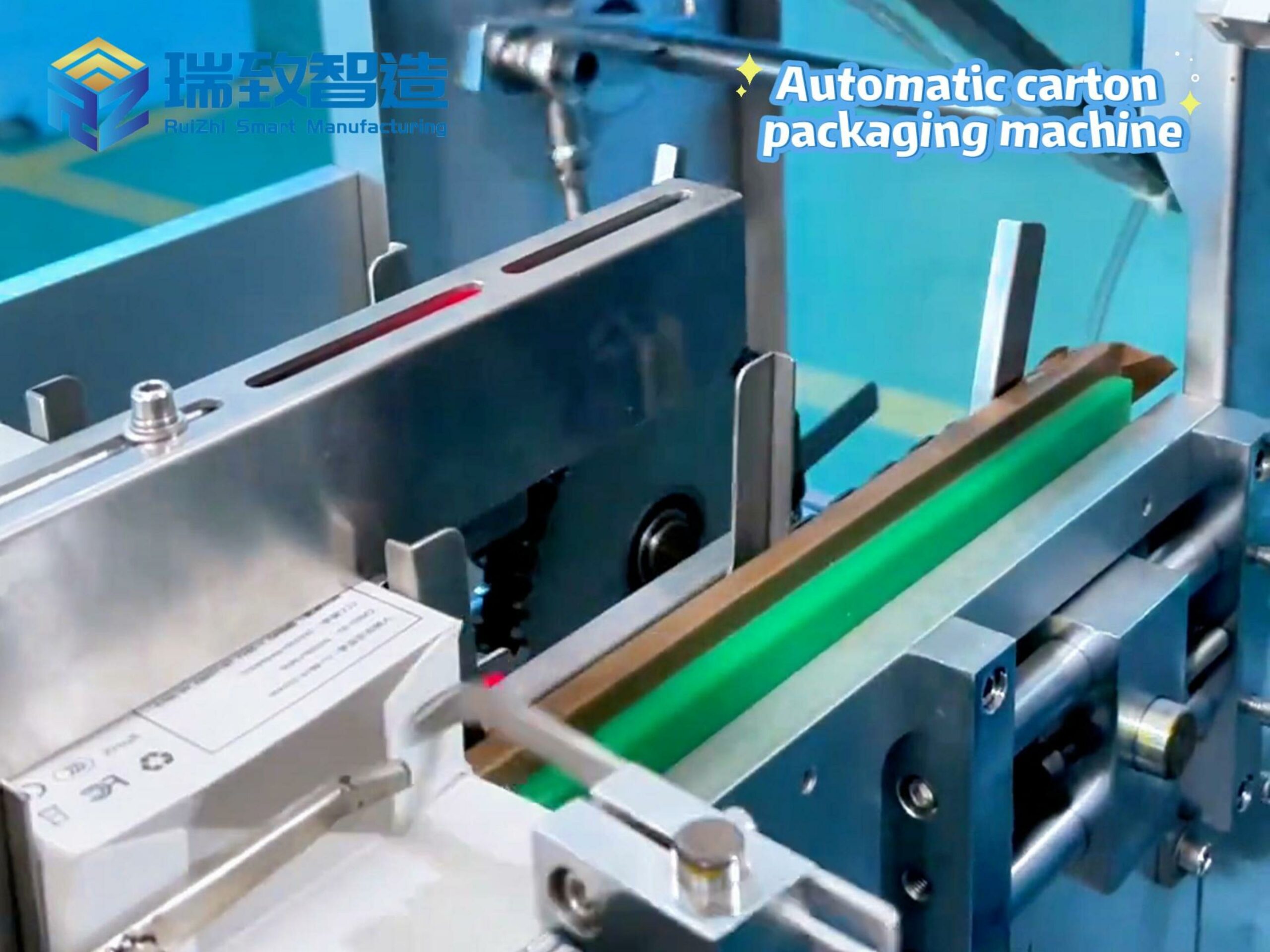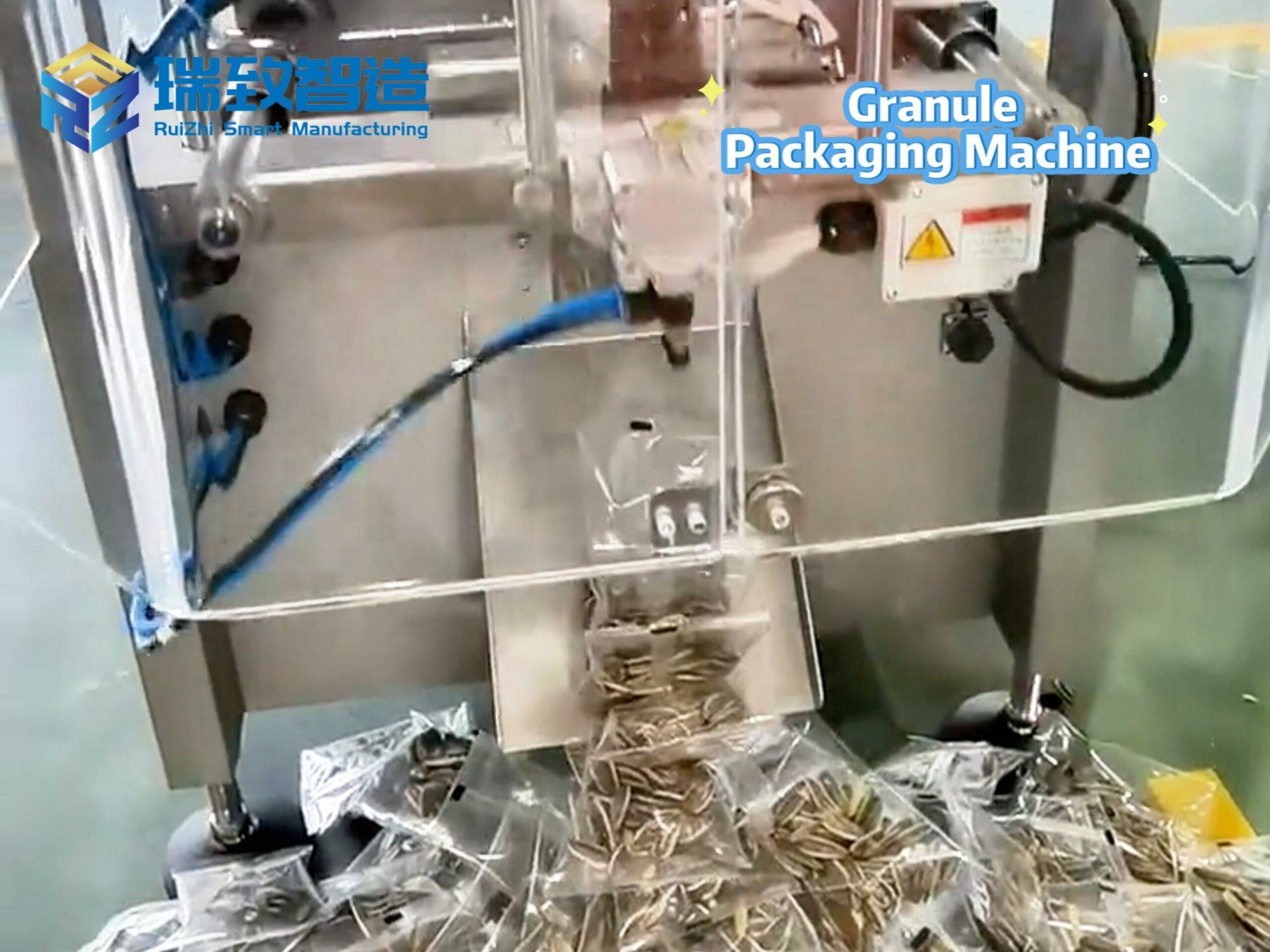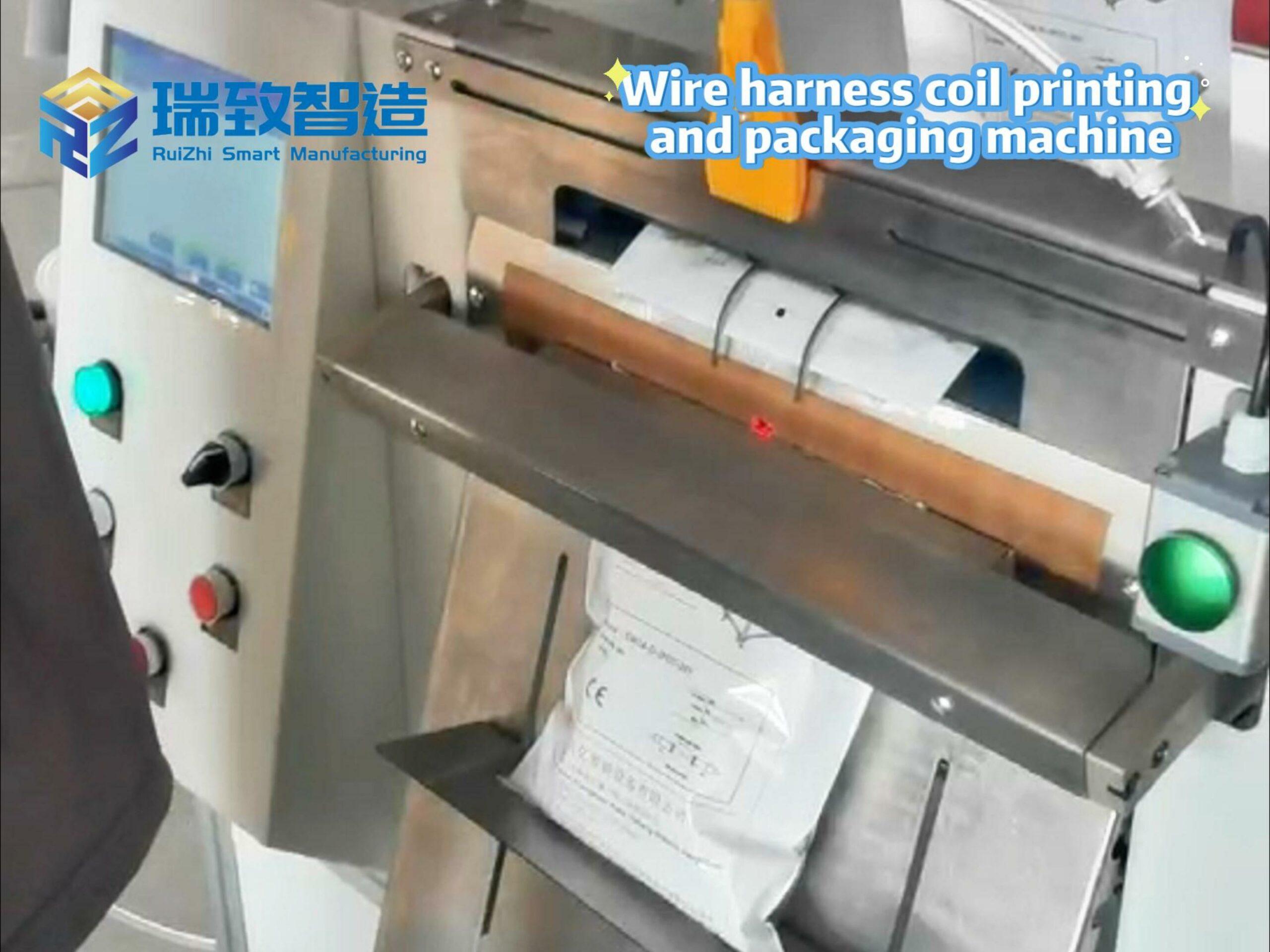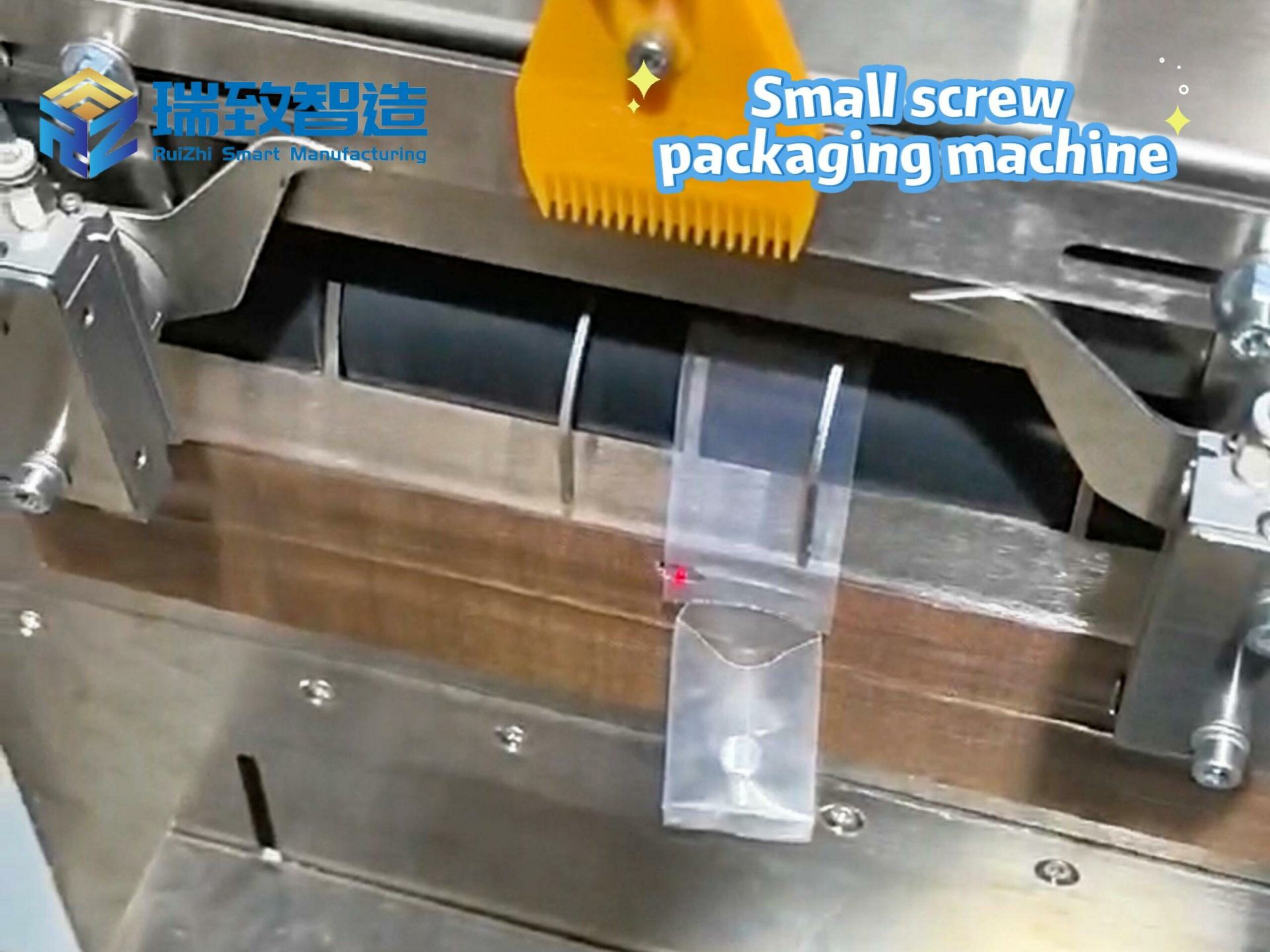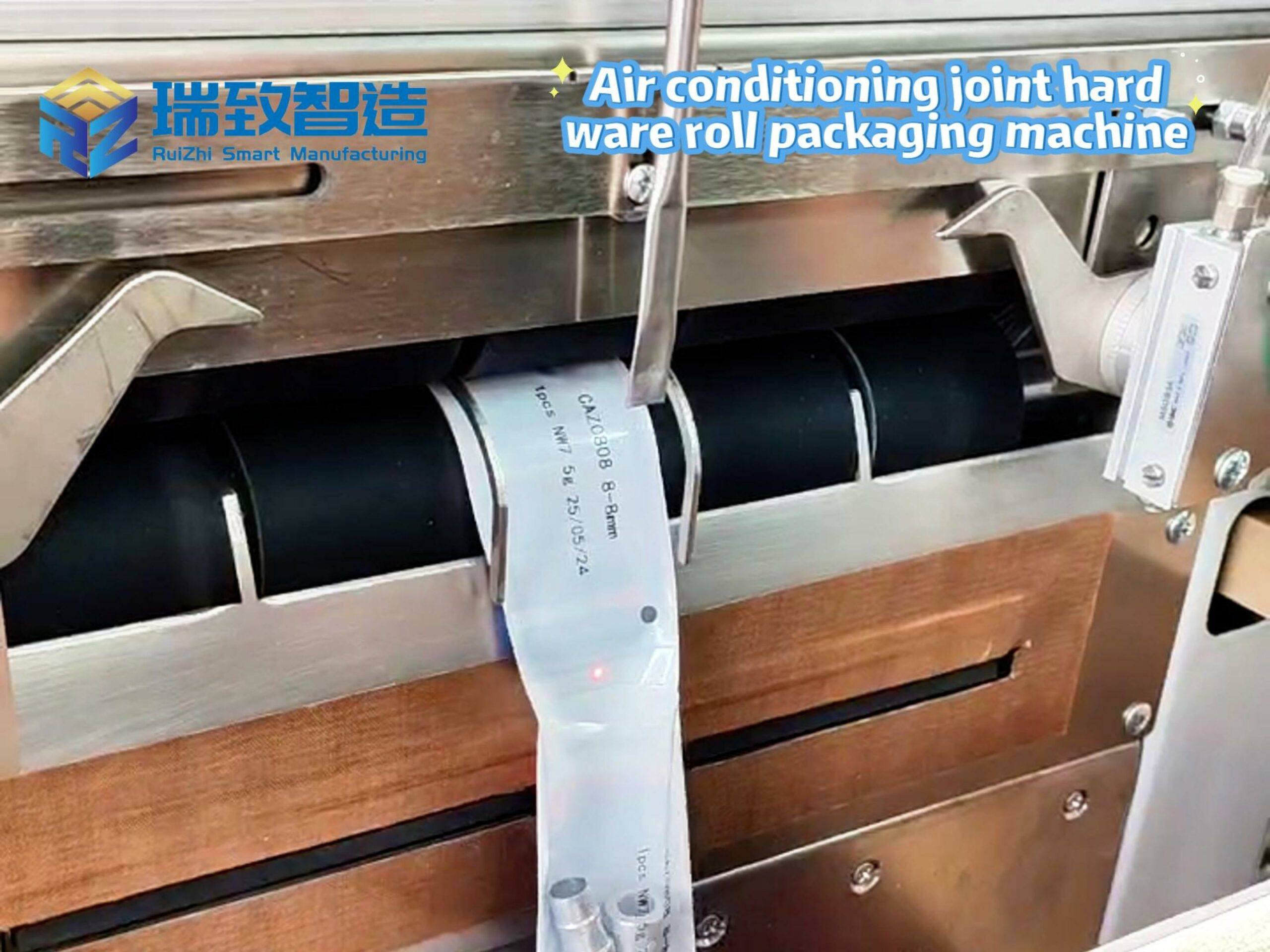
Jinan-1: Mission Conclusion and a Revolutionary Leap in Lightweight DesignOn October 21st, according to the official WeChat account “Quantum Science Talk”, the world’s first quantum micro-nano satellite “Jinan-1”, originally designed with a two-year mission lifespan, has completed over three years of on-orbit operations and re-entered the atmosphere, crashing into the South Pacific Ocean. It is understood that “Jinan-1” was successfully launched into orbit on July 27, 2022. Compared with its predecessor “Micius” (the world’s first quantum science experimental satellite), “Jinan-1” achieved a revolutionary breakthrough in lightweight design: its payload weight was reduced from approximately 250 kg to about 23 kg, and the satellite’s total weight dropped from 635 kg to around 96 kg.
Lightweight Advantages: Lower Costs, Faster Performance, and Agile Ground StationsBenefiting from the significant reduction in size and weight, the R&D and launch costs of “Jinan-1” were far lower than those of “Micius”. This leap in lightweight design was underpinned by advances in precision manufacturing, where equipment like the Robot Vision Positioning Automatic Film Applicator Machine played a critical role. Such machines, equipped with high-precision visual positioning systems (with accuracy up to ±0.01mm), ensured the seamless application of protective films on the satellite’s miniaturized optical components—such as its quantum decoy-state light source and optical communication windows. By precisely aligning films with microscale surfaces, they prevented dust adhesion and optical interference, directly safeguarding the satellite’s ability to transmit 250 million signal photons per second. Meanwhile, its light source frequency was increased by about 6 times, and the timeliness of key generation was shortened from several days to the minute-level for real-time key encoding during a single orbital pass. At the same time, the ground stations were also “slimmed down” from 13 tons to approximately 100 kg, and their deployment time was reduced from several months to 3-5 hours, enabling them to flexibly adapt to various complex environments such as cities, mountainous areas, and plateaus.

On-Orbit Achievements: Global Optical Links and Breakthroughs in Quantum Key ExperimentsAfter entering orbit, “Jinan-1” established optical links with ground optical stations in multiple locations including Jinan, Hefei, Nanshan (Shenzhen), Wuhan, Beijing, Shanghai, and Stellenbosch (South Africa), and successfully completed real-time satellite-ground quantum key distribution experiments. The on-board quantum decoy-state light source transmits an average of over 250 million signal photons per second. Combined with two-way optical communication, it realizes real-time key extraction. A single orbital pass docking experiment can generate 250 kbits to 1 Mbit of secure keys, with an average key generation rate as high as 3 kbps. Using the satellite as a trusted relay, the satellite further demonstrated an experiment of key sharing and data relaying between the Beijing ground station and the Stellenbosch ground station (South Africa), which are 12,900 kilometers apart.
Assembly line for mass production by artificial intelligence





